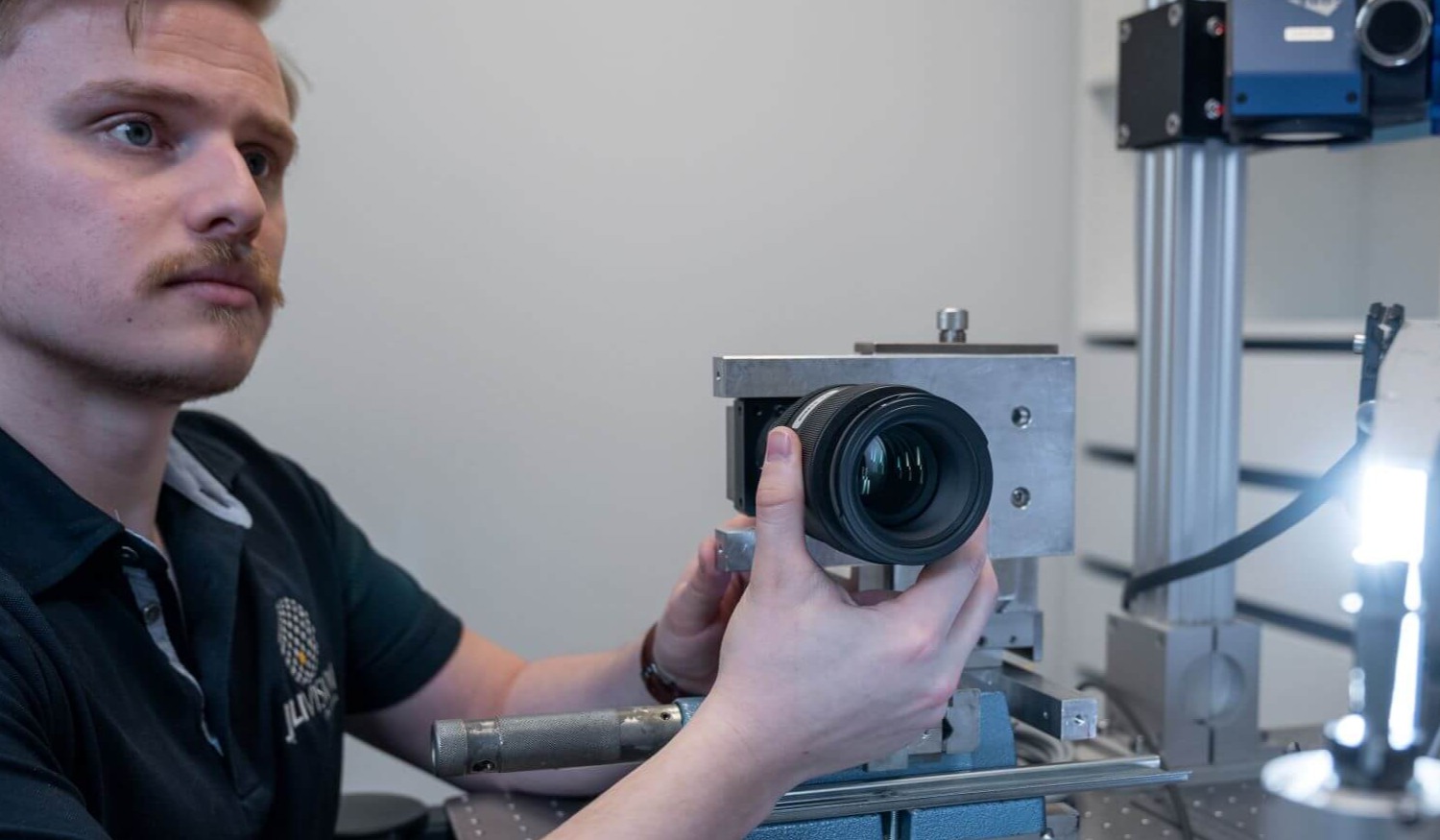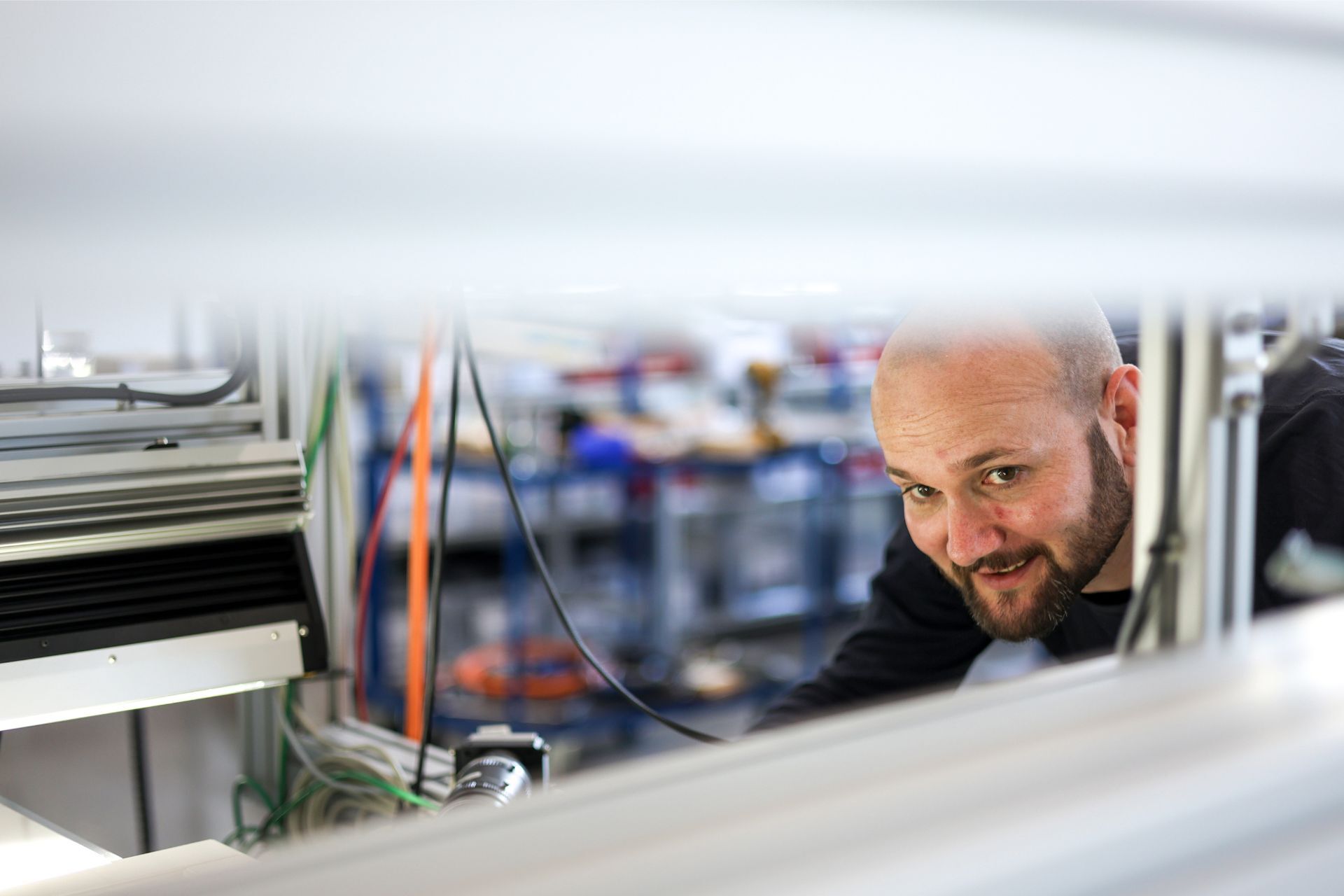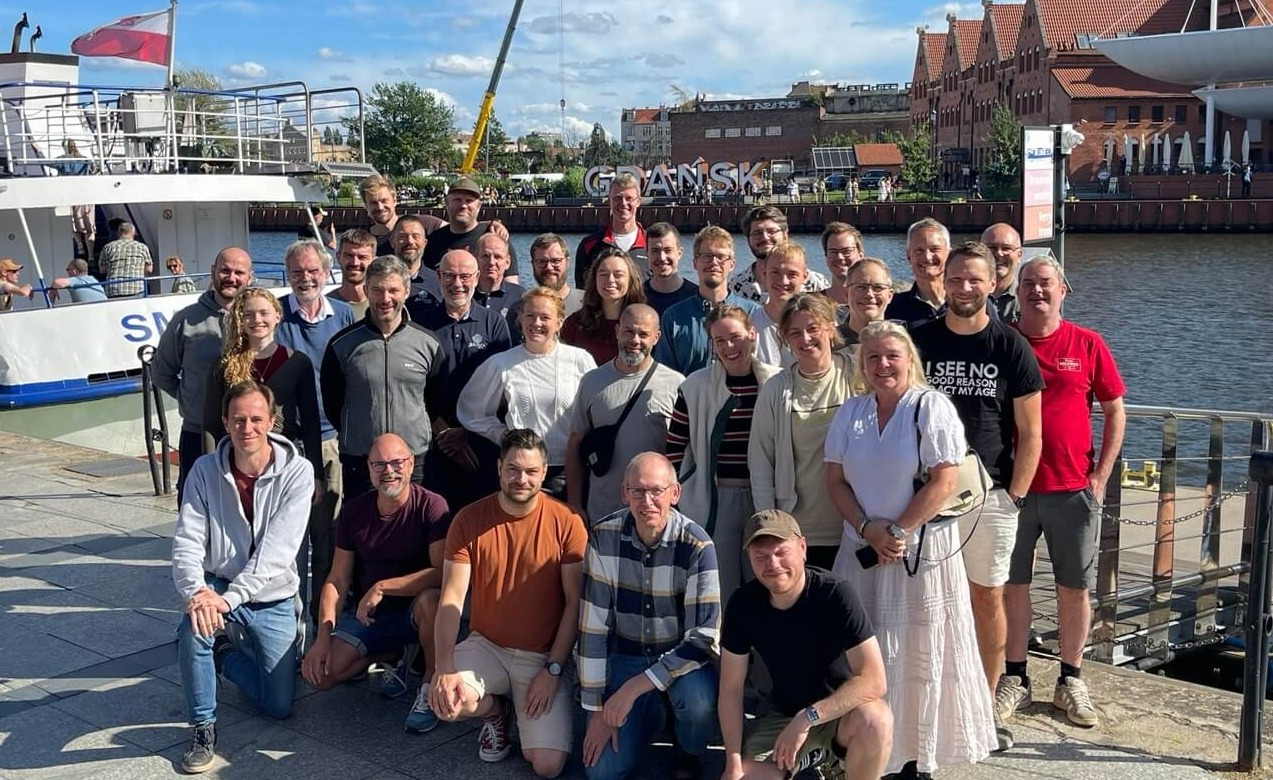.jpeg?width=732&height=366&name=left-right-road-sign-road%20(1).jpeg)
In this article, we'll discuss how to choose the right machine vision solution for your needs.
From understanding your specific goals to testing out potential solutions, we'll provide tips and guidance on finding the perfect fit for your business.
Understand your needs and goals for the machine vision solution
When considering a machine vision solution for your business, it is essential to understand your specific needs and goals in order to choose the right system for your operations.
Some important factors you should consider include the size and type of product you are working with, acceptable tolerances, the speed at which you need to be able to process that product, and any constraints related to space or other limitations within your production environment.
Additionally, you should consider how accurate and precise your output needs to be. Depending on these factors, there may be certain features or specific types of software that would be more appropriate for your needs than others.
By taking the time to carefully evaluate your requirements, you will be able to choose a machine vision solution that can help you reach all of your business goals efficiently and effectively.
--> Get a price estimation for your project. Try our inspection test here.
Researching standard vs. customized solutions
Machine vision is a cutting-edge technology that utilizes advanced algorithms and powerful cameras to help machines interpret and interact with their surroundings. There are different types of machine vision solutions, each with its own set of capabilities.
A standard machine vision system typically consists of a camera paired with one or more dedicated software modules. These modules have been pre-trained to detect certain features or patterns in input images, allowing the camera to perform such tasks as counting objects on a conveyor belt or recognizing defects in manufactured products.
In contrast, custom machine vision solutions are designed specifically for a particular application or type of data input. For example, a special camera might be used to capture an image under harsh conditions, such as low light levels or high ambient temperatures, whereas other cameras may not be able to operate under these circumstances.
In addition, custom solutions can often be further optimized during the development process by taking advantage of unique features in hardware or software. As a result, companies that require highly specialized machine vision capabilities would likely benefit more from a custom solution.
In some cases, businesses may find that their needs change over time and they eventually outgrow the capabilities of a standard machine vision system. In these cases, it may be necessary to upgrade to a custom solution in order to continue achieving the desired level of performance. By choosing a custom machine vision solution from the outset, businesses can avoid any potential issues down the road and ensure that their system is better set to meet both current and future needs.
Factors that impact the cost of a machine vision solution
When choosing a machine vision solution for your manufacturing environment, there are a number of factors to consider. Cost is obviously important. Depending on your manufacturing processes, machine vision systems can range significantly in price, so it is crucial to find one that fits your budget while still providing the necessary functionality.
There are multiple factors that impact the cost of a machine vision solution. First of all the size and shape of the item you wish to inspect, the defects you are looking for, and your manufacturing environment all have an impact:
- Are you the items very small? Or very large?
- Are you looking for small defects with a narrow tolerance for errors?
- Is the surface of the item transparent, shiny, or otherwise challenging?
- How fast does the items move on the production line? Etc, etc.
Apart from this, a number of more high level factors will also impact the cost:
- The type of hardware and software required for the specific application
- The level of customization needed for a particular project or task
- Any ongoing maintenance or support fees
- The level of expertise and training required for implementation and operation
Additionally, it is important to consider the scalability and flexibility of a potential solution.
Can the system easily be adapted to new tasks or expanded as your needs change? What kind of support does the provider offer in terms of updates and problem solving?
Finally, it is crucial to thoroughly test any potential solutions before making a decision. This may involve conducting trials in your own manufacturing environment or seeking out industry case studies to see how well a particular solution has worked for others in similar situations.
Improve efficiency and accuracy
The implementation of a machine vision system can greatly improve efficiency and accuracy in the manufacturing industry.
By carefully evaluating your specific needs and researching both standard and customized solutions, you can find a machine vision solution that meets all of your requirements and helps drive success for your business.




%20Stor.jpeg)